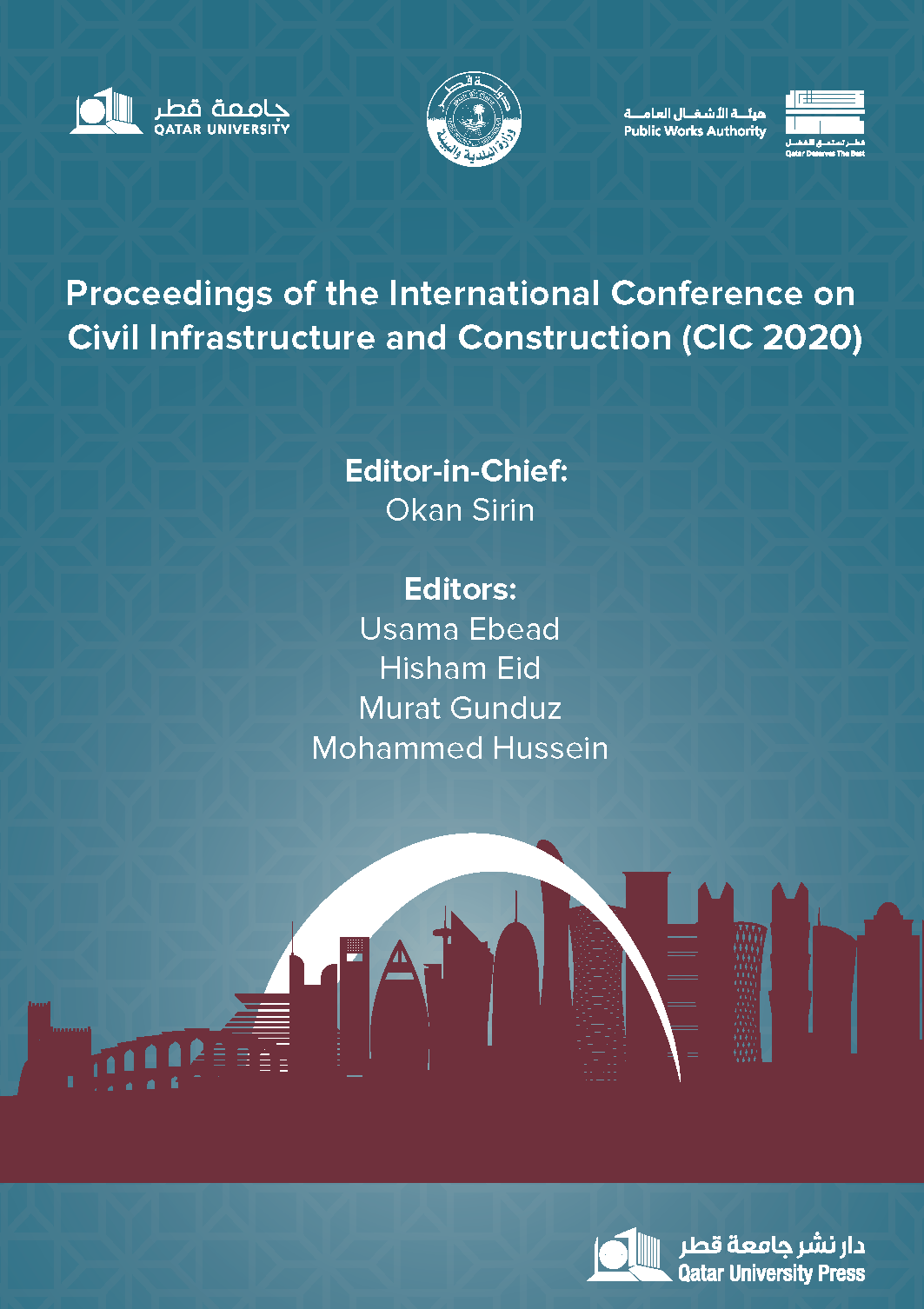Evaluating the Operational Impact of Left-Turn Exclusive Number of Lanes: A Case Study from Qatar
Abstract
Left-turning movements can significantly reduce the overall capacity of signalized intersections due to the queueing built up. Intersections with heavy left-turning volumes tend to use multiple lanes to accommodate left-turn movements, such as double and triple left-turn lanes. This study compares the potential impact of different left-turn configurations for saturated/near saturated levels. A signalized intersection located in the city of Doha, Qatar, is selected to be examined and evaluated. A microscopic simulation approach is used to replicate the existing conditions before implementing different traffic demands, left-turn bay configurations, and traffic control parameters. The results suggest that signalized intersections, in general, and left-turn movements, in particular, benefit from multiple left-turn lanes. However, the anticipated operational benefits vary depending on several factors, such as the demand for left-turn movements and the length of the left-turn bay. The findings obtained from this study could be helpful for planners and decision-makers to decide the type of left-turn lane treatment needed to increase the capacity for different conditions. This work can be extended to mathematically quantify the expected operational improvements at signalized intersections
##plugins.themes.bootstrap3.article.details##
Keywords
Micro-simulationTraffic signalIntersectionLeft turnTraffic operations
References
How to Cite
Shaaban, K., & Ghanim, M. S. (2020). Evaluating the Operational Impact of Left-Turn Exclusive Number of Lanes: A Case Study from Qatar. Proceedings of the International Conference on Civil Infrastructure and Construction (CIC), 2020(1), 596–603. https://doi.org/10.29117/cic.2020.0075
Issue
Section
Theme 2: Materials and Transportation Engineering


